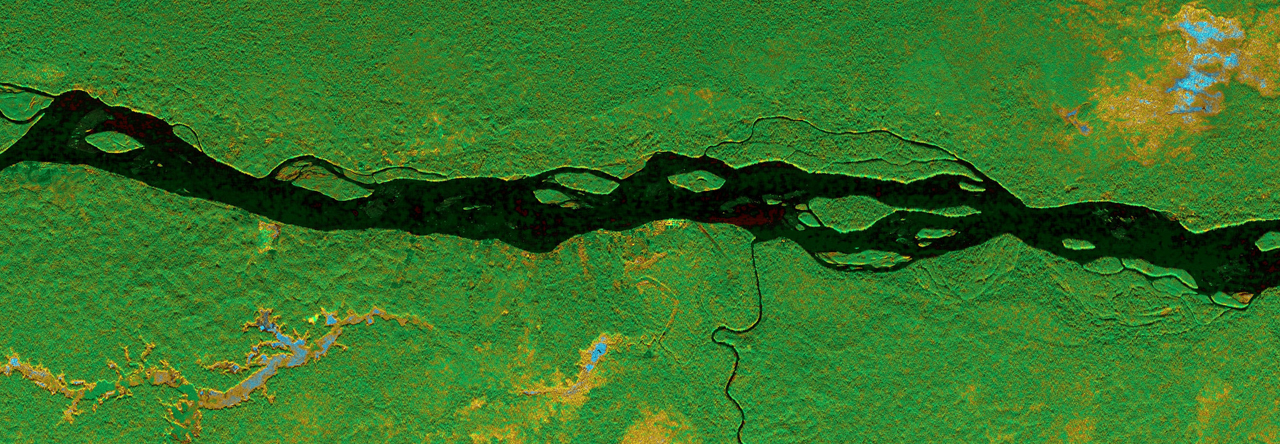There’s a great essay from Steven Pinker in the new Edge. He thinks carefully (which he’s so good at) about the main arguments made for group selection, and finds them lacking.
I think it’s a valid thought experiment, and potentially useful, to apply the principles of biological evolution (mutation, fitness, selection) to other levels, like molecular evolution (“lower” level, or less dependent on other structures and systems) and cultural evolution (“higher” level, or more dependent on other structures and systems).
I’ve tried to do so myself here. The problem is that it’s so easy to go wrong, and think imprecisely about the model. What, exactly, is the unit of replication and selection? What, exactly, does fitness mean in the context of your model?
One of Pinker’s major points in the essay linked above is that genes are the only unit that has a reliable, high fidelity replication method. And genes are the only biological unit for which is makes sense to talk about mutations.
Groups are not really replicable. Neither are individuals. Selection and mutation occurs at a genetic level, because that’s what actually gets copied (and that’s where replication errors can occur).


